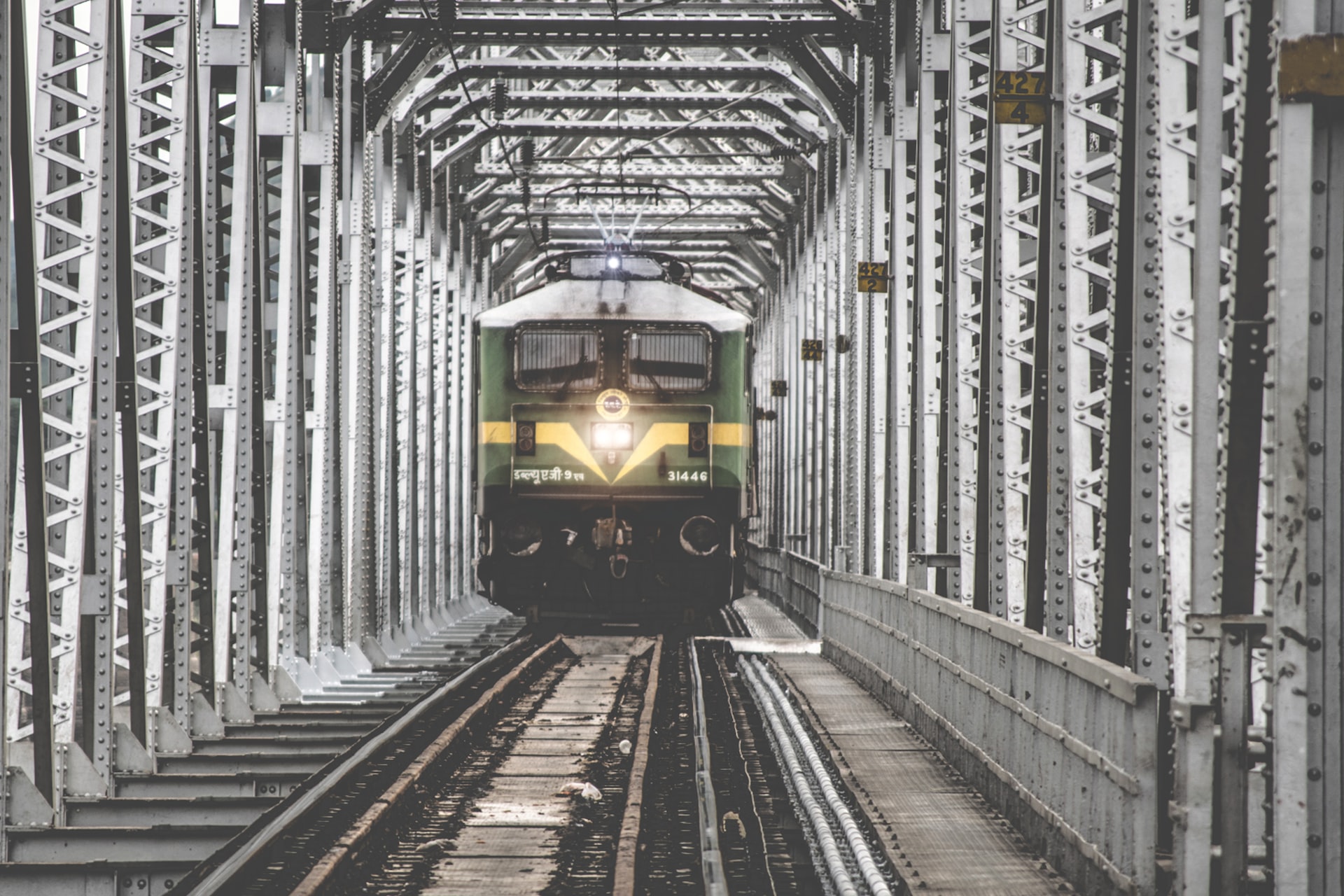Incredible Facts About Indian Railways

Indian Railways, the lifeline of India, has a rich history and serves millions of people every day. With over 1,25,000 km of tracks and a workforce of 16 lakh employees, Indian Railways is the third-largest rail network in the world.
In this article, we will explore some fascinating facts about Indian Railways that you might not have known before.
The Beginning of Indian Railways
Indian Railways has a long and interesting history. The first passenger train in India ran on April 16, 1853, from Mumbai to Thane. The train consisted of 14 carriages and carried around 400 passengers. From there, Indian Railways continued to grow and expand, connecting different parts of the country.
The Third-Largest Rail Network in the World
Indian Railways is the third-largest rail network in the world, after the United States and China. It covers over 1,25,000 km of tracks, connecting more than 7,000 stations across the country. The rail network has a total of 18 zones and 73 divisions, making it one of the most extensive rail networks in the world.
The Largest Workforce in the World
Indian Railways is also the largest employer in the world, with a workforce of approximately 16 lakh employees. These employees work in various departments, including engineering, mechanical, electrical, signal and telecom, and many more. The railway also has its own medical department, which provides healthcare services to its employees.
The Longest Railway Stations
Indian Railways is home to some of the longest railway stations in the world. Gorakhpur Junction, located in Uttar Pradesh, is the longest railway station in the world, spanning over 4.5 km. Other notable long railway stations include Kharagpur Junction in West Bengal and Bilaspur Junction in Chhattisgarh.
The Fastest Train in India
Indian Railways recently introduced Train 18, the fastest train in India, with a top speed of 350 km/h. Also known as Vande Bharat Express, Train 18 runs between New Delhi and Varanasi and covers the distance in just 8 hours. With state-of-the-art facilities and features, Train 18 has become a popular choice among travelers.
Electric Engines for All Trains
Indian Railways has recently announced that it will introduce electric engines for all trains in the future. The new engines, called WAG 12B locomotives, are more energy-efficient and eco-friendly than the diesel engines currently in use. The transition to electric engines will help reduce carbon emissions and make Indian Railways a more sustainable mode of transportation.
The Future of Indian Railways
Indian Railways has ambitious plans for the future, with several new projects and initiatives in the pipeline. These include the bullet train project, the redevelopment of railway stations, the introduction of more high-speed trains, and the expansion of the rail network. With these initiatives, Indian Railways aims to provide better and more efficient services to its passengers.
And, finally, to conclude.
Indian Railways is an integral part of India’s culture and lifestyle. From its humble beginnings to its current position as one of the largest and most extensive rail networks in the world, Indian Railways has come a long way. With its rich history, fascinating facts, and ambitious plans for the future, Indian Railways is sure to continue to play a crucial role in the development of the country.





